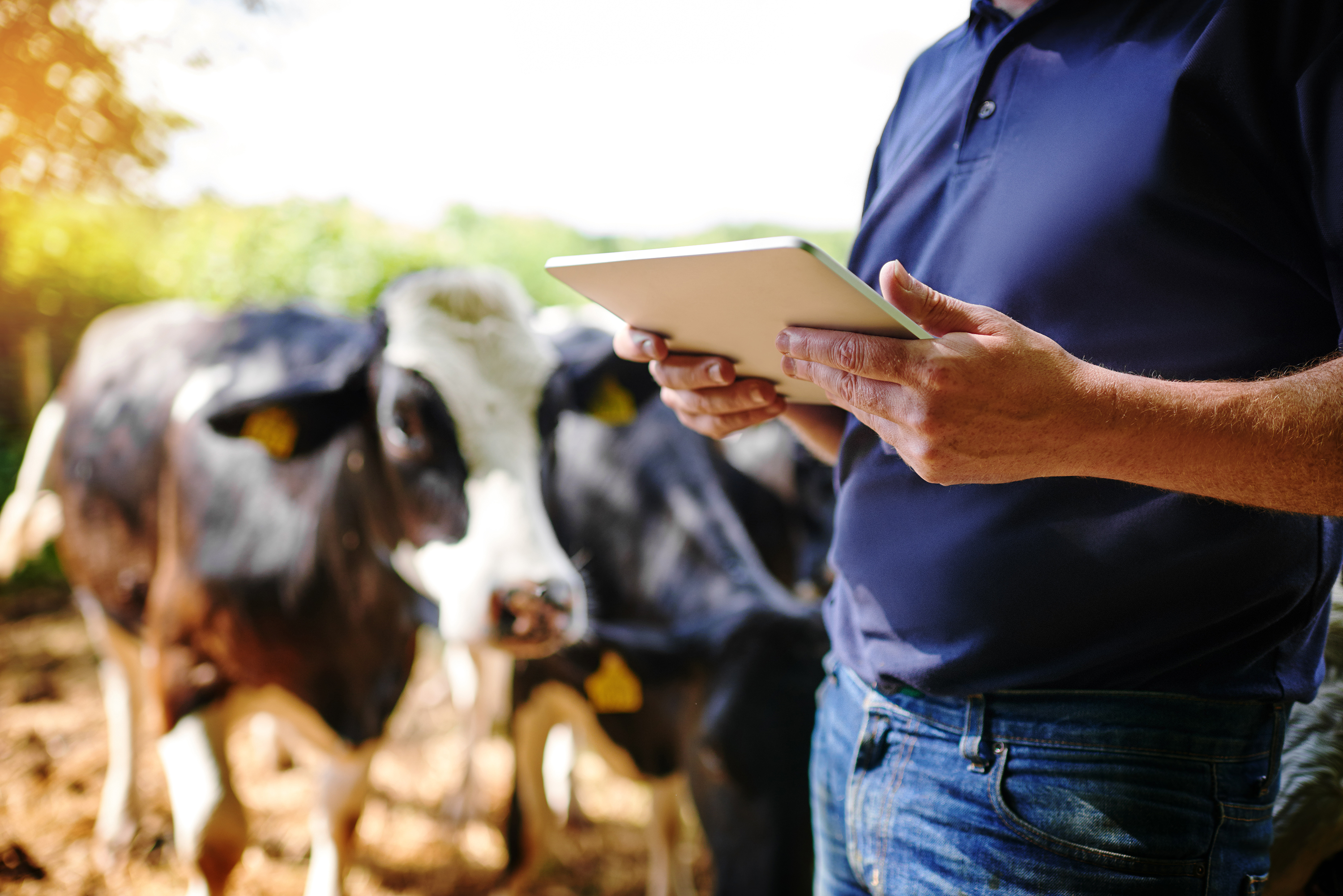Heifer reproduction is an important part of the future of your herd. After all, your heifers represent your best genetics – and generations of meticulous breeding decisions – so your heifers must perform at their best when they reach the milking herd. Much of this performance relies on the timing of when they calve and their size related to maturity.
While the ability of your heifers to conceive may be high, the timing of that conception is important for future productivity. Consider these best practices for a successful heifer reproduction program.
Establish a voluntary waiting period
There are a few factors that go into your decision of when to breed heifers. But first, you need to decide if you’re going to establish a voluntary waiting period based on age or weight.
If your focus is breeding on weight, then your goal should be to breed heifers at 55% of their mature body weight, as recommended by the Dairy Calf and Heifer Association (DCHA) Gold Standard. For Holsteins, that means a breeding weight of at least 800 pounds and around 600 pounds for Jerseys.
While it’s possible to just eyeball heifer size to arrive at an ideal breeding weight, a much more accurate method is to gather actual heifer weights. An added benefit of weighing calves is the ability to capture weights throughout a heifer’s life cycle, allowing producers to manage growth and adjust management practices to reach performance goals.
If your focus is breeding on age, then it’s important to balance raising costs with first-lactation performance. Table 1 shows performance (average peak milk is noted in the AvPEAKM column) by age at calving (by AGEFR) in a single herd. In this example herd, first-lactation performance improves as age at calving increases. While there is an 8-pound-per-day increase when heifers freshen at 28 months versus 24 months, that also means an additional four months of raising the heifer without a return on those raising costs. To determine the ideal timing for heifer breeding to meet your production and profitability goals, you must have an accurate understanding of your herd’s daily raising costs and weigh that against both your milk output and the cost of production.

Preparing for the voluntary waiting period
Regardless of whether your voluntary waiting period is based on age or weight, your task is to make sure heifers reach the voluntary waiting period ready to breed. There are a few “must-dos” starting at birth to ensure your heifers meet those goals:
- Manage the nursery. Ensure calves are born in a clean environment and follow all recommended protocols at birth, including providing adequate levels of colostrum. Transition calves to fluid nutrition and make sure they get enough volume of milk or milk replacer to meet performance goals.
- Use a quality starter. During the milk-feeding phase, transition calves to a quality grain starter. Make sure the starter contains nutrients that support gut development and help build the immune system.
- Implement a vaccination program. Work with your veterinarian to develop a vaccination program that helps calves build their immune systems and resist disease challenges.
- Keep the environment clean. Heifers grow better in a clean environment, especially with regard to air quality. Keep the air fresh to avoid respiratory challenges.
- Understand which heifers to breed. If you are genomic testing your heifers, sort heifers based on their genetics. Decide which heifers you will breed with sexed semen, those that may get conventional semen and the ones that will receive beef semen.
Get them pregnant
Now that heifers are ready to breed, it’s time to move to conception. At least 90% of your heifers should be inseminated the first time within 30 days of them passing the voluntary waiting period. You can decide if you are going to let heifers express heat naturally or if you are going to synchronize heat using a prostaglandin. Either way, if your insemination numbers are lower than 90%, your heat detection program needs to be examined.
If you’re using sexed semen, conception rates on the first service should be 60% or higher based on DCHA Gold Standards. Conception rates using conventional semen should be 70% or higher. If your numbers are lower, consider these factors:
- Examine heat detection. Make sure you’re catching heifers in heat at the right time and breeding them in a timely manner.
- Semen placement. Make sure semen is placed correctly, with no blood on the tip of the gun after insemination.
- Understand heifer conception rate (HCR). An indicator of female fertility, HCR is the percentage of heifers that become pregnant after insemination. Daughters of a bull with an HCR of 1 are 1% more likely to become pregnant than daughters of a bull with an HCR of 0.
- Is your sexed semen fertile? Not all sexed semen is created equal. Most A.I. companies use specific terms that indicate fertility rates. Ask your representative about the difference between each before selecting semen.
The best gauge of how well your heifer program is working is by looking at first-lactation performance. Use these parameters to gauge if your heifers are ready to perform once they start milking:
- Size: Heifers should calve at 85% of mature size.
- Peak performance: Milk production in first-lactation heifers should hit at least 80% of mature cow peaks.
If your first-lactation cows fall outside of these parameters, review breakdowns in your heifer management program and consider adjusting your voluntary waiting period.
Your heifers are the future of your herd, and getting them to an ideal weight at the proper age is important to the future success of your business. Following simple protocols to get them bred at the ideal time will pay significant future dividends.











